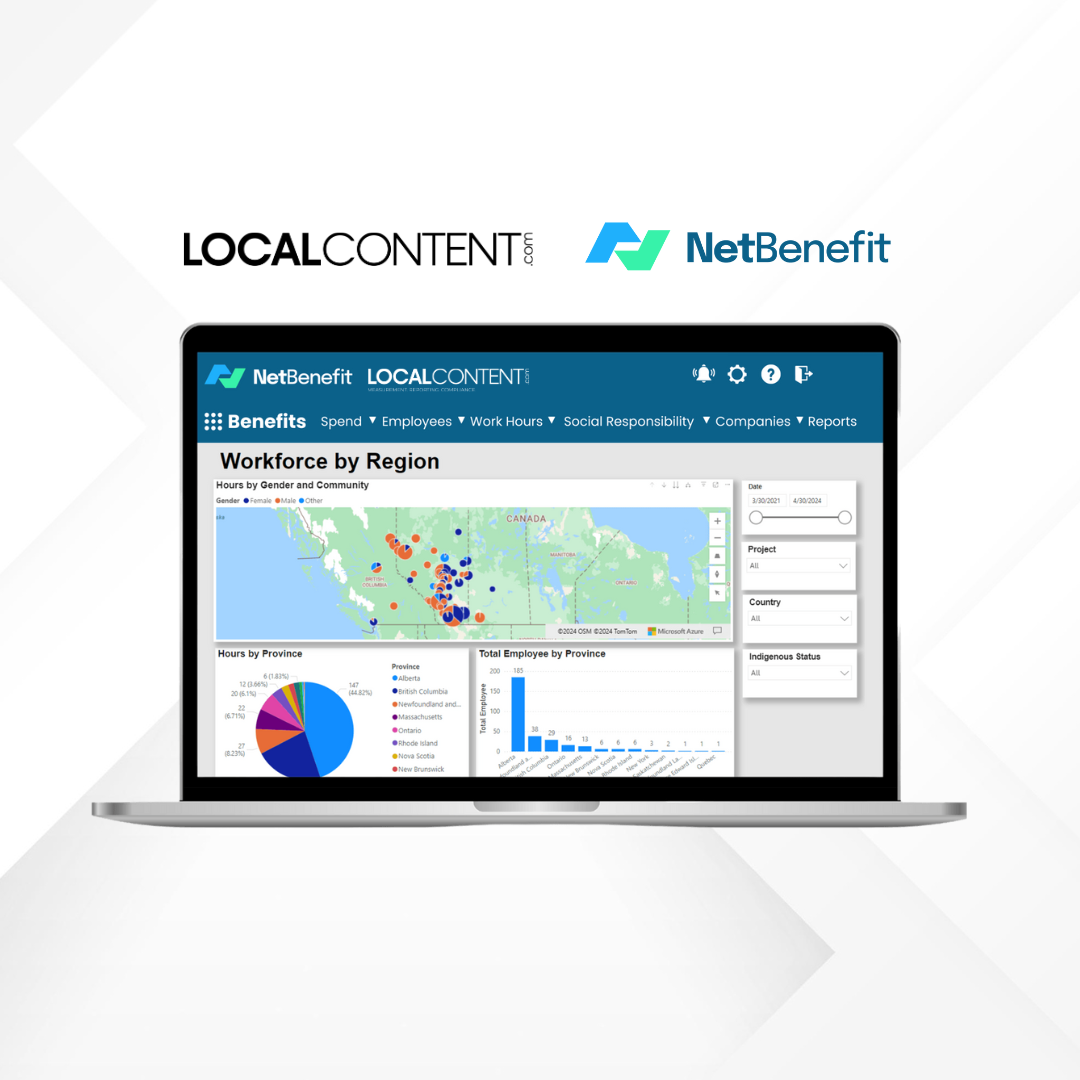An entertainment district is a designated area within a city or town that is focused on providing spaces for leisure, arts, culture, and entertainment activities. These districts often feature attractions like theaters, sports arenas, concert venues, restaurants, bars, museums, and retail shops. They are designed to attract residents and tourists, making them vibrant hubs for social gatherings and economic activity.
Entertainment districts are carefully planned to create a sense of community while boosting local economies. They are usually located near public transportation, downtown areas, or waterfronts to maximize accessibility. By bringing together diverse attractions, entertainment districts can drive foot traffic, increase tourism, and support local businesses.
Many entertainment districts also host events like festivals, parades, and sports games, drawing large crowds and creating ongoing opportunities for economic and cultural growth. They are often developed through partnerships between public entities, private investors, and local businesses, ensuring that they meet the needs of the community while providing value to stakeholders.
Some well-known examples of entertainment districts in the United States include Times Square in New York City, L.A. Live in Los Angeles, and the Power & Light District in Kansas City. These districts generate millions of dollars in revenue and provide jobs for thousands of people in areas like hospitality, retail, event management, and construction.
In addition to economic benefits, entertainment districts contribute to urban revitalization by transforming underused spaces into thriving destinations. This can lead to improved infrastructure, better public safety, and increased property values.
Why Are Entertainment Districts Important to Local and Domestic Content Compliance?
• Boosting Local Business Participation:
Entertainment districts require services like construction, food supply, event planning, and retail. By prioritizing local businesses for contracts, these districts can meet local content requirements and ensure economic benefits are shared within the community.
• Creating Local Jobs and Community Investments:
These districts generate jobs in areas like hospitality, security, and maintenance. Meeting domestic content goals ensures these employment opportunities are accessible to local workers, providing long-term benefits for families and neighborhoods.
By emphasizing local and domestic content compliance, entertainment districts can balance economic growth with community development, fostering bipartisan support for shared prosperity and sustainability.








